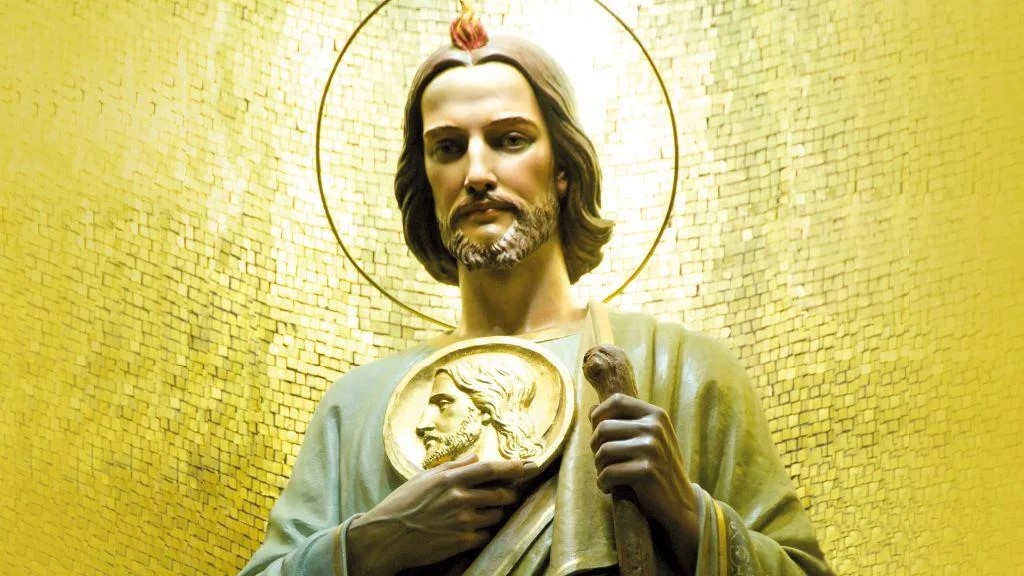The Life of St. Jude Thaddaeus
St. Jude, also known as Thaddaeus, was one of the Twelve Apostles of Jesus Christ and a relative of Jesus, possibly his cousin. He was the brother of St. James the Less. St. Jude is often distinguished from Judas Iscariot, who betrayed Jesus.
After the death and resurrection of Jesus, St. Jude traveled extensively to spread the Gospel. He preached in Judea, Samaria, Galilee, Mesopotamia, Libya, Turkey, and Persia, often alongside St. Simon. St. Jude is credited with helping to establish the Armenian Church.
Around 60 A.D., St. Jude wrote an epistle to the eastern Christians, encouraging them to persevere in their faith despite challenges. This letter, along with his dedication to spreading Christianity in difficult circumstances, led to him becoming the patron saint of desperate and impossible causes.
St. Jude is associated with several miracles, including the healing of King Abagar of Edessa from leprosy. According to tradition, St. Jude brought the king a cloth bearing the image of Jesus’ face, which cured the king upon contact.
Martyrdom and Legacy
St. Jude died as a martyr, though accounts of his death vary. Some sources suggest he was clubbed to death and then beheaded with an axe, while others state he may have been martyred alongside St. Simon in Persia, Armenia, or Syria.
After his death, St. Jude’s remains were brought to Rome and placed in a crypt under St. Peter’s Basilica, where they remain today. He is often depicted in religious imagery holding an image of Jesus or with a flame above his head, symbolizing his presence at Pentecost.
St. Jude continues to be venerated in the Catholic Church, with his feast day celebrated on October 28 in the Western Church and June 19 and August 21 in the Eastern Church6. He is the patron saint of hope and impossible causes, and is associated with many modern organizations, including St. Jude Children’s Research Hospital.
